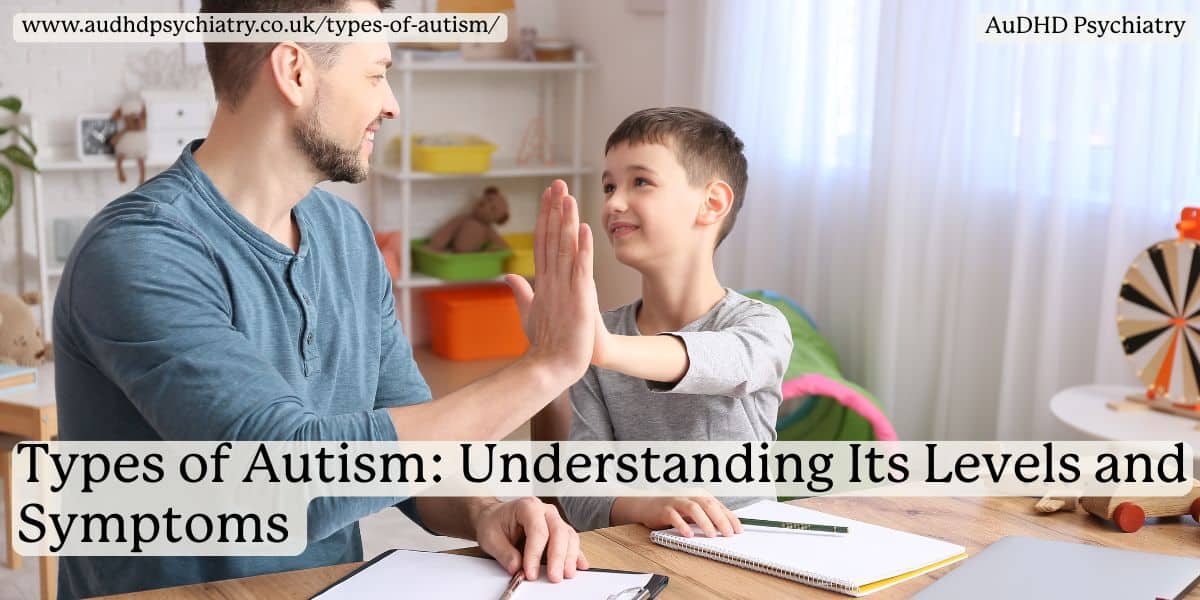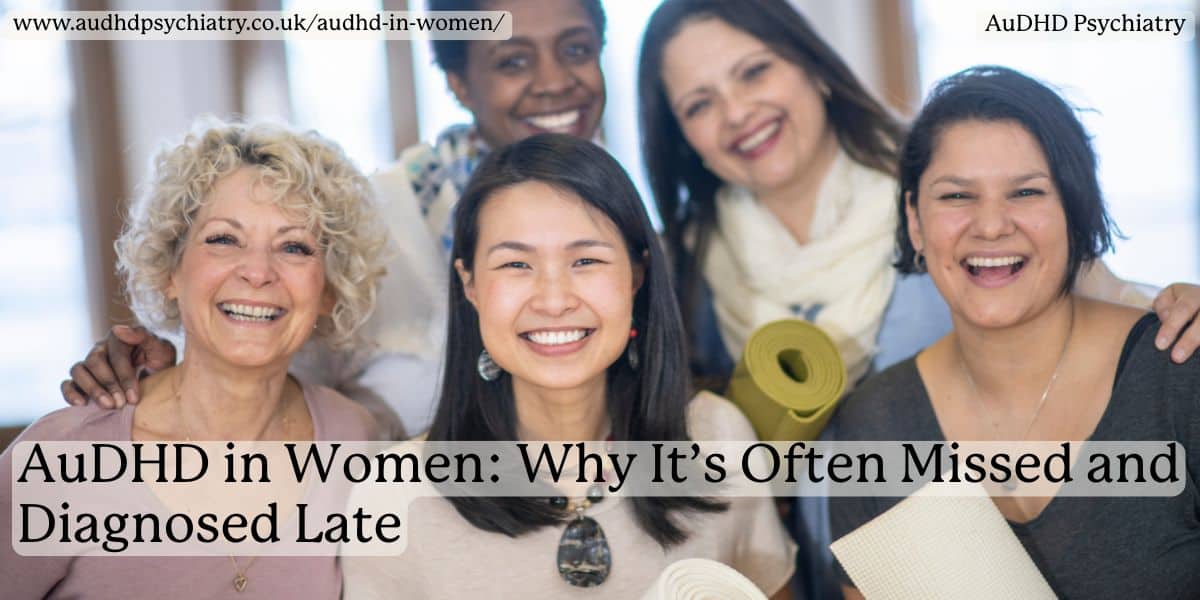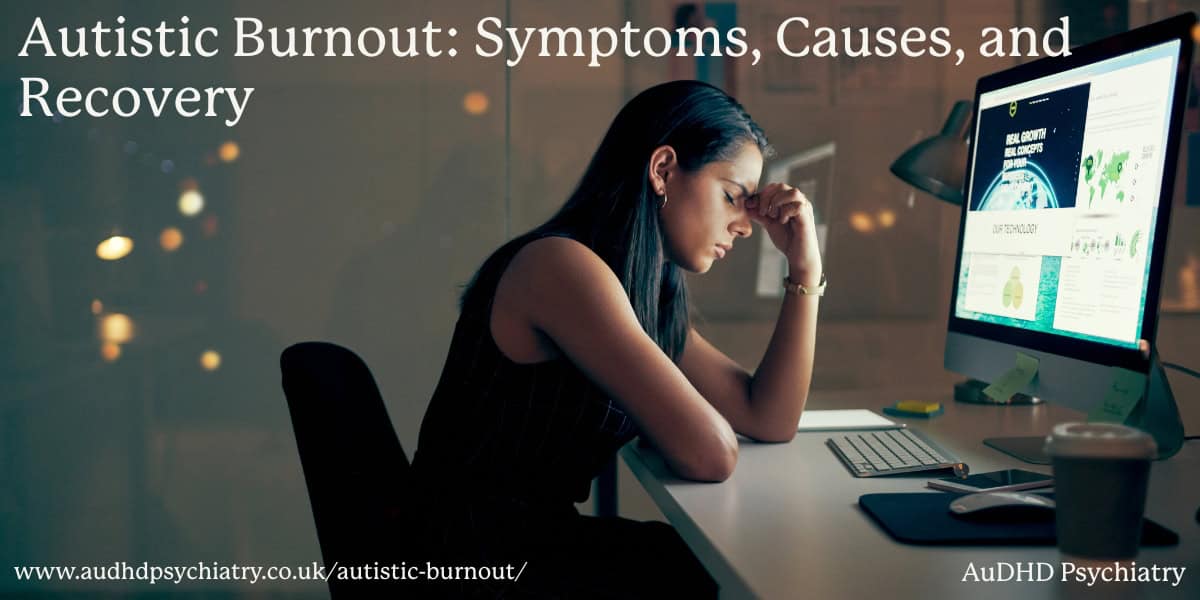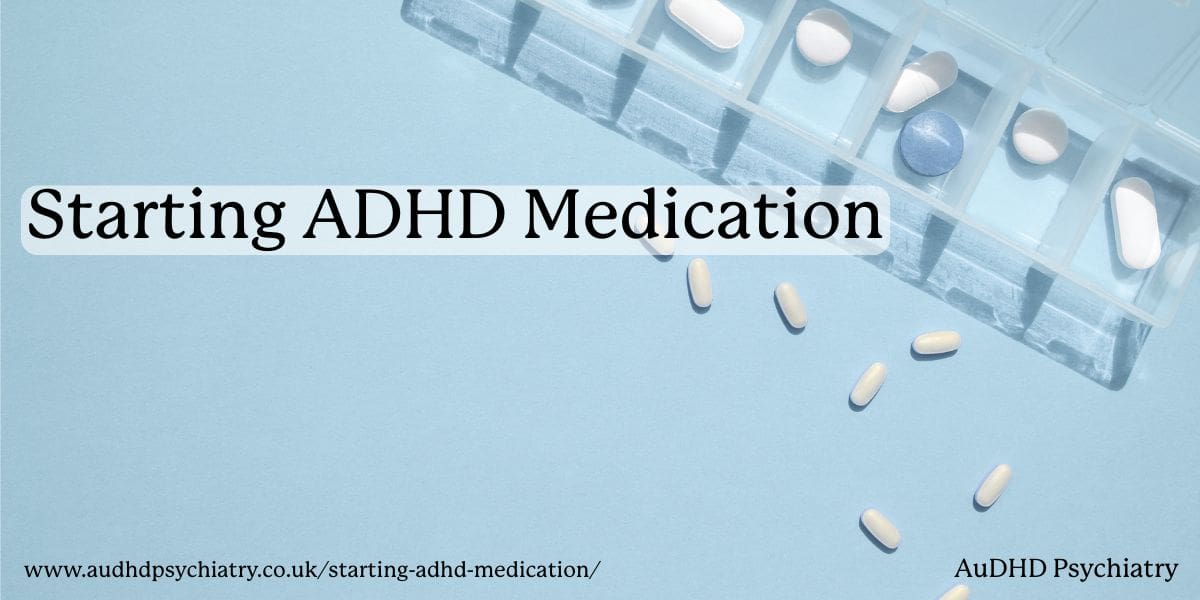
Beginning ADHD medication marks an important milestone in the treatment journey. However, it is not always a straightforward process. While stimulant medications and non-stimulant options are commonly used to manage symptoms such as impulsivity, poor focus, and emotional dysregulation, patients are often left with limited guidance on what actually happens in the first few weeks. From side effects to the realities of daily dosing, starting medication can raise many questions.
Understanding what ADHD medication does, how long it takes to work, and what to expect during the titration period is key to setting realistic expectations. Many patients, especially adults, find that identifying the right ADHD medication involves trial and error, regular follow-ups, and active communication with their healthcare provider.
This article outlines what to expect when starting ADHD medication, including diagnostic steps, common experiences during the titration phase, and practical considerations for long-term management. This will be helpful for adults starting treatment for the first time, as well as parents supporting children through this process.
If you have not yet been formally diagnosed, refer to our guide on getting tested for ADHD in the UK to understand your next steps.
Getting Diagnosed Before ADHD Medication
A formal ADHD diagnosis is the first and most important step in the treatment of ADHD. While many people may recognise ADHD symptoms in themselves or their children, only a qualified healthcare provider can assess whether those signs align with the diagnostic criteria for a neurodevelopmental disorder. In the UK, diagnosis typically involves a structured clinical interview, behavioural questionnaires, and medical history review, all carried out as part of a professional ADHD assessment service.
What Happens During an ADHD Assessment?
During an ADHD assessment, clinicians look for persistent patterns of inattention, hyperactivity, and impulsivity that impact daily life. This includes how symptoms affect academic performance, work responsibilities, and social relationships. Both child and adult ADHD patients must meet criteria set by diagnostic manuals such as the DSM-5 or ICD-10.
Can I Take ADHD Medication Without Diagnosis?
Taking ADHD medication without a diagnosis and prescription is not permitted. In the UK, stimulant drugs like methylphenidate and lisdexamfetamine are classified as controlled substances, and prescriptions must be issued by a licensed clinician. Self-medicating or obtaining ADHD medication without a proper assessment may lead to inappropriate treatment and increased health risks.
If you’re unsure whether to begin the diagnostic process, start by exploring our free ADHD Screener. Although this is not a formal diagnosis, it may help you understand if a formal ADHD diagnosis should be your next step.
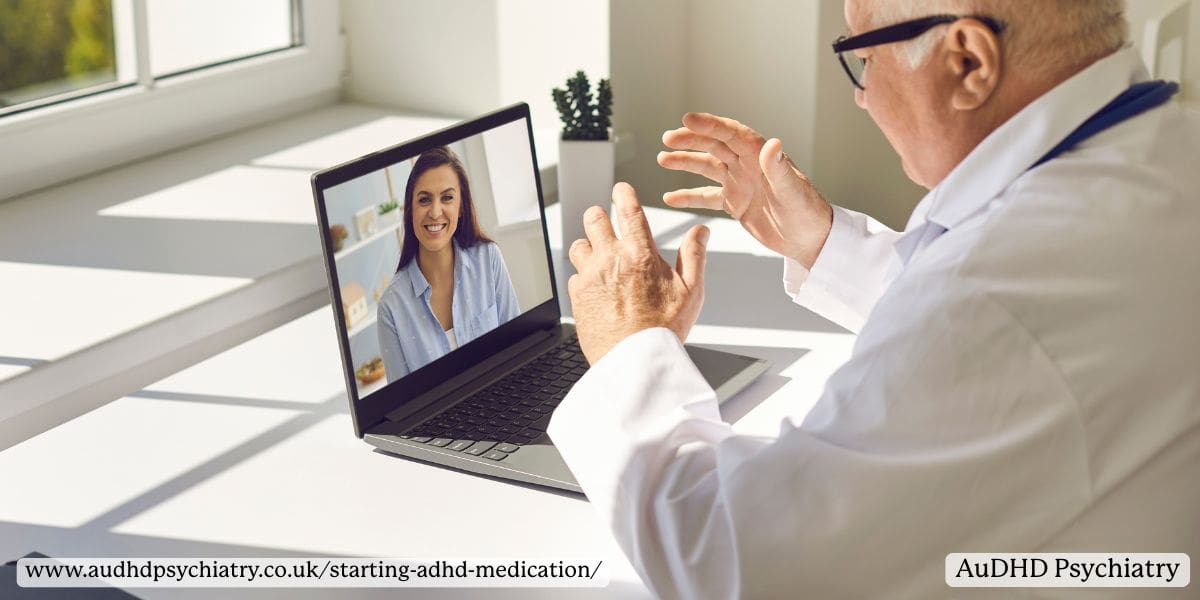
Questions to Ask Your Doctor Before Starting ADHD Medication
Your first appointment with an ADHD specialist is a valuable opportunity to set the foundation for effective care. Before beginning any treatment, come prepared with details about your current ADHD symptoms, previous mental health support, and any co-existing health conditions. The healthcare provider will use this information to create your personalised treatment plan that aligns with your needs.
Ask your clinician about different ADHD medications available in the UK, including stimulant and non-stimulant options. Understanding how each medicine works, how it’s administered, and how it might affect your daily routine will help you choose the right medication. Some people respond better to methylphenidate, while others benefit more from amphetamine-based treatments. Ask about side effects, how the medication is titrated, and how long it might take to feel results.
It’s also important to discuss long-term ADHD medication options and how they fit into your broader care strategy. Whether medication will be part of a wider plan involving therapy, coaching, or school support, your health care team should help you make informed decisions at every stage. Coming prepared with notes on your symptoms will help. Taking a quick ADHD test beforehand can also give you a clearer picture of patterns worth discussing.
How to Prepare for Your First ADHD Medication
Starting ADHD medication requires thoughtful planning, especially if you’re supporting a young person or preparing for treatment as an adult. One of the best ways to prepare is by tracking baseline ADHD symptoms. Keeping a daily journal or checklist helps measure whether the medication is improving attention, reducing impulsivity, or making life more manageable.
Starting ADHD Medication for Kids
If your child is starting ADHD medication, collaborate with your child’s doctor to understand what to monitor at home and school. Discuss how symptoms affect the child’s ability to complete tasks, interact with others, or manage emotions. Involving family members in this process helps ensure a supportive environment, especially during the adjustment period. Clear communication is vital when talking to children or teenagers about ADHD meds.
Emphasise that the medicine is a tool to help them do their best, not a punishment. You can also explore our guide on private child ADHD assessments to learn how clinicians evaluate treatment readiness in children.
Starting ADHD Medication: Adults
For adult ADHD patients, preparation might involve coordinating with work or study schedules and identifying lifestyle habits that may interact with medication. Whether you’re managing ADHD for yourself or a loved one, the first step is being informed and proactive, which often starts with a professional AuDHD screening to better understand the condition. If you’re transitioning between providers, our ADHD care transfer service helps ensure your treatment plan continues without interruption.
What ADHD Medication Does and How It Works
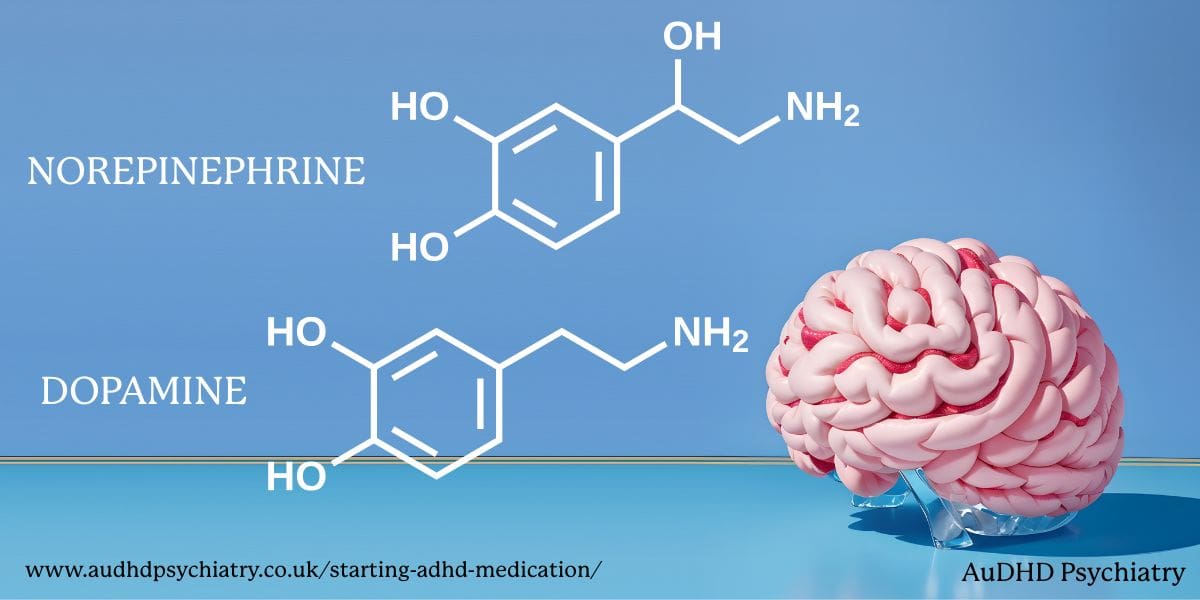
What Does ADHD Medication Do in the Brain?
ADHD medication primarily targets two key brain chemicals: dopamine and norepinephrine. These neurotransmitters are essential for regulating attention, motivation, and impulse control, which are functions that are often impaired in individuals with ADHD or attention deficit hyperactivity disorder. Stimulant medications (e.g. methylphenidate and amphetamines), work by raising the availability of these chemicals in the brain. This results in improved focus, reduced hyperactivity, and greater emotional regulation.
Non-stimulant medications, such as atomoxetine or guanfacine, also influence neurotransmitter activity but in a different way. These are often preferred in cases where stimulant drugs are not suitable due to potential side effects, co-existing conditions, or substance use risks.
ADHD Stimulants vs Non-Stimulant Medications
Stimulant medications are usually the first-line treatment for ADHD because of their fast and well-documented effectiveness. They are offered in both immediate-release and extended-release forms. Non-stimulant options are often used when a patient cannot tolerate stimulants, has a history of heart problems, or requires a longer-acting, steady option without peaks and troughs.
Pros and Cons of Each Type
While stimulant ADHD meds tend to show results quickly, they can also cause side effects such as appetite suppression, elevated heart rate, or sleep issues. Non-stimulant medications usually take longer to work but are associated with fewer side effects in some patients. The right choice depends on the individual’s symptoms of ADHD, overall health, and how the body responds to medication.
Types of ADHD Medication Explained
Methylphenidate-Based Stimulants
Methylphenidate is one of the most widely used types of ADHD medication in both children and adults. Brand names include Ritalin, Concerta, and Equasym XL, and they are often considered first-line treatments in the UK. By increasing your brain’s dopamine and norepinephrine levels, these medications help improve focus, reduce hyperactivity, and manage impulsivity. Methylphenidate is available in both immediate-release and extended-release forms, with dosage tailored by a healthcare provider based on daily needs and symptom response.
Amphetamine-Based Stimulants
Amphetamines, including lisdexamfetamine (Elvanse in the UK), are another major class of stimulant medicines. These are typically longer-acting and preferred when consistent all-day symptom coverage is required. Though Adderall is not licensed in the UK, dexamfetamine is prescribed as an alternative. Dexamfetamine, typically available in short-acting form, is also prescribed in some cases but is less commonly used than Elvanse due to its shorter duration of action.
Amphetamines also target dopamine and norepinephrine pathways but differ in their absorption and side effect profiles compared to methylphenidate. You can read a detailed comparison of Adderall, Ritalin, and Vyvanse here.
Atomoxetine and Guanfacine: Non-Stimulant Options
For patients who cannot tolerate stimulants, non-stimulant options such as atomoxetine (Strattera) and guanfacine (Intuniv) offer a different mechanism of action. These medications are not controlled substances and may cause fewer side effects related to appetite or sleep, making them appropriate for some children and adults. They are also used when there is a concern about substance use or specific mental health risks.
How Doctors Decide Which Type to Prescribe
Doctors consider several factors when selecting the right ADHD medication: age, co-existing health conditions, severity of symptoms, and previous response to treatment. The decision may also be influenced by potential side effects, school support needs, and personal preferences around dosing schedules. Most ADHD medicines used in the UK are FDA-approved and available under familiar ADHD medication names, including both generic and brand options.
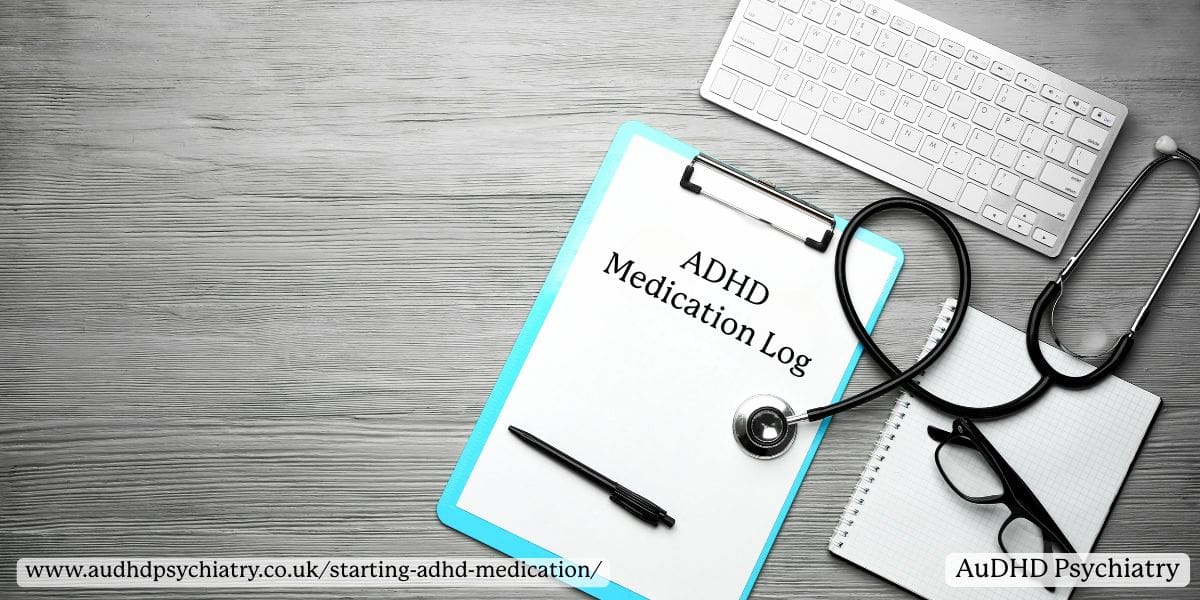
What to Expect When Starting ADHD Medication
When starting ADHD medication, adults and children may share similar core symptoms, but treatment experiences often differ. Adults typically initiate medication following years of undiagnosed symptoms, while children are more likely to begin treatment soon after diagnosis.
Whether you’re starting your first ADHD medication or adjusting to a new dose, it’s essential to know that the early phase of treatment involves observation and adjustment rather than immediate results. The type of medication, whether an immediate-release or extended-release option, will also influence how the treatment fits into daily life.
ADHD Medication Timeline: How Long It Takes to Work
Most stimulant medications begin working within 30 to 60 minutes, while non-stimulants like atomoxetine may take several weeks to reach full effectiveness. This timeline can vary based on the medication formulation, such as immediate-release vs extended-release tablets. Initial improvements in attention and focus may appear quickly, but managing emotional regulation and impulsivity often takes longer and requires consistent follow-up visits.
Importance of Follow-Up Visits
Follow-up visits with your clinician are highly essential for tracking progress, managing ADHD medication side effects, and making dosage adjustments. These reviews help determine whether your medication dosage is appropriate or if a different treatment option should be considered.
The First Week on ADHD Medication
Physical, Emotional, and Cognitive Changes
During the first week, you may notice improvements in focus, reduced impulsivity, and better task initiation. However, ADHD medication side effects such as appetite loss, headaches, or sleep problems are also common. For some, emotional changes may occur, such as feeling more withdrawn or unusually irritable. These effects usually settle as your body adjusts to the dose of medication, but they’re worth tracking.
Medication Logs and Symptom Tracking
Keeping a symptom tracker or medication log helps identify patterns in your response. Note the time medication is taken, any rebound effects as it wears off, and whether motor tics or mood swings develop. Involving your health care team in reviewing these notes can help fine-tune your treatment plan. Parents starting their child on different medications can use this tracking method to monitor changes in classroom focus or social interaction.
When to Call Your Doctor After Starting ADHD Medication
Some side effects, like mild appetite suppression or initial sleep disruption, are considered normal and may subside with time. However, bothersome side effects that interfere with daily functioning should be reported promptly. It’s also helpful to discuss emotional fluctuations, especially during the adjustment period, as they may signal the need for a dose change or a different type of medication.
Red Flags That Require Urgent Attention
Serious side effects such as high blood pressure, chest pain, or intense mood swings are not typical and should be reported to your doctor immediately. ADHD patients with underlying heart problems are at higher risk and require careful monitoring, especially during the titration phase. If you’re unsure, contact your health care provider to rule out any risks.
Follow-Up Schedule for Dose Adjustments
ADHD medication often requires dose adjustments in the first few weeks. This trial and error process is part of finding the most effective dose with the fewest side effects. Regular follow-up visits support this process and allow your healthcare provider to make informed changes. In some cases, cognitive behavioural therapy may also be recommended alongside medication for optimal results.
How to Take ADHD Medication Properly
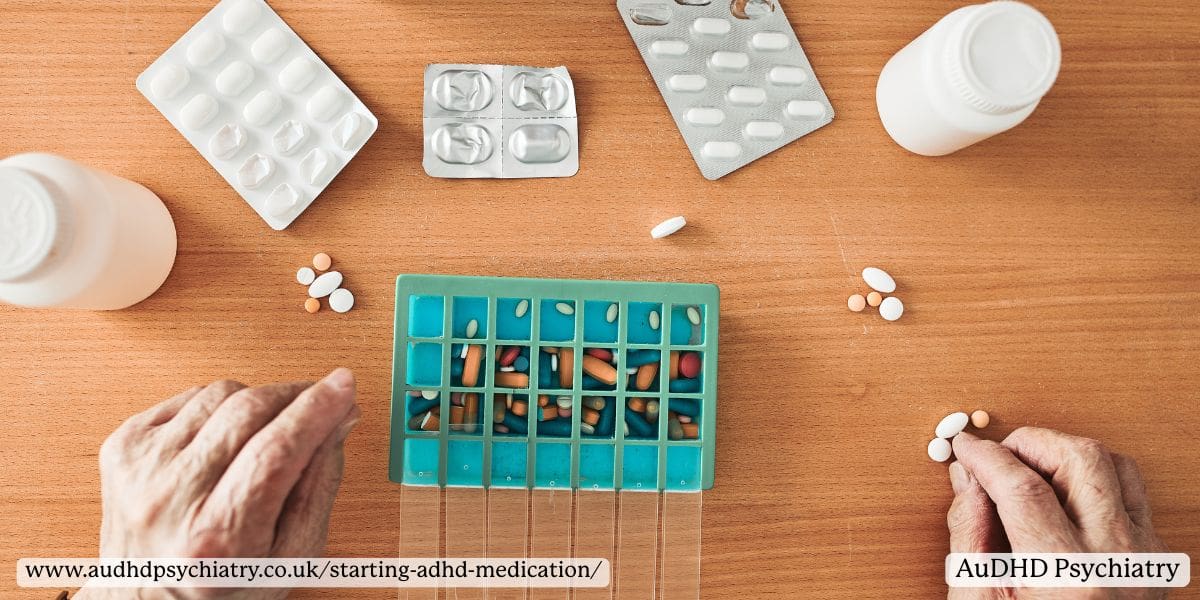
Best Time to Take ADHD Medication
The best time of day to take ADHD medication depends on your symptoms and lifestyle. Morning doses are typically recommended, especially for extended-release medications that last through school or work hours. Taking stimulant medications too late in the day can interfere with sleep. For adults, timing may be adjusted based on work shifts or parenting duties.
What Happens If You Miss a Dose
Skipping doses can result in inconsistent symptom control or unwanted side effects like a rebound effect. If you miss a dose, don’t double up. Follow your doctor’s instructions and monitor how your symptoms change. If your ADHD is worse in the morning or evening, speak with your provider about adjusting your dosing schedule to make your medication more effective.
Adjusting for Daily Life and Activities
Lifestyle factors such as meal timing, levels of physical activity, and stress management can influence how your medication works. Try to take your medication at the same time each day with water and food to improve absorption and reduce nausea. For adults who need guidance on building healthy routines around medication, see our tips on Managing ADHD in the Workplace.
How Lifestyle Affects ADHD Medication
Food, Caffeine, and Supplements
Certain foods and supplements can influence how stimulant drugs are absorbed. For instance, high-fat meals may slow down the release of extended-release medication, while caffeine can intensify side effects like jitteriness or sleep problems. Supplements such as magnesium or omega-3s are often explored as additional support, but should only be used with a healthcare professional’s guidance. Remember also to manage your hydration, as this helps cognitive function, mood, and energy levels.
Alcohol and Herbal Medicines
Alcohol can interfere with the effects of ADHD medication, particularly stimulant medications, and may increase the risk of heart problems or emotional crashes. Similarly, some herbal medicines can interact with stimulant drugs and alter their effectiveness or safety. Creating an ADHD medication routine, such as taking your dose at the same time daily, can help improve consistency. Pairing medication with lifestyle changes like structured sleep schedules and balanced meals is a good option to maximise the benefits of your treatment plan.
Ongoing Monitoring and Medication Adjustments
You might notice improved focus, reduced impulsivity, and smoother transitions in daily routines. However, rebound symptoms or inconsistent benefits can signal the need for a dose adjustment or a different type of medication.
If your symptoms persist despite changes in dose, or if you experience serious and intolerable side effects, your healthcare provider may recommend switching medications. A new ADHD medicine may offer better tolerability or longer coverage, depending on your needs. Consistent monitoring helps determine whether your current treatment remains effective. For adults who already have a diagnosis and are ready to begin treatment, our ADHD medication services for those already assessed provide safe, evidence-based support to help you start medication confidently. It’s also important to evaluate emotional and cognitive patterns over time, especially as your lifestyle or stressors change. Keeping track of these changes can inform safer adjustments and better outcomes.
ADHD Medication Side Effects to Watch Out For
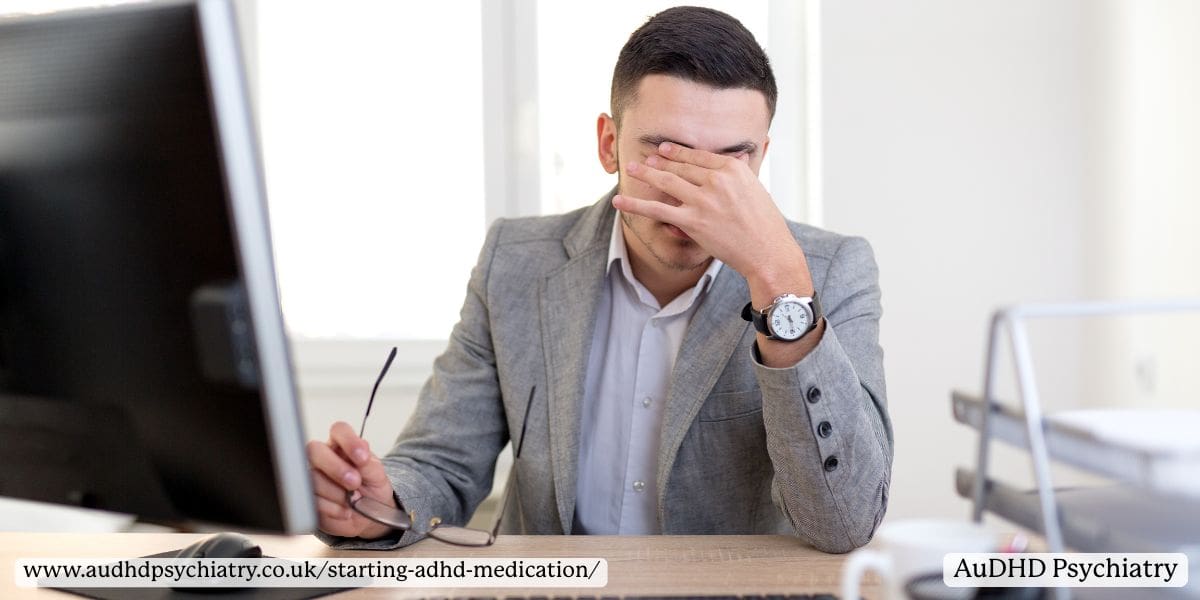
Common Physical Side Effects
The most common ADHD medication side effects include appetite loss, weight loss, headaches, and increased heart rate. Some people may also experience tics or trouble sleeping.
Emotional and Cognitive Effects
Irritability, mood swings, and emotional sensitivity can occur, particularly as medication wears off. This is sometimes called the rebound effect. Tracking patterns across different medications helps distinguish between temporary and bothersome side effects.
When It’s a Health Risk
In rare cases, stimulant medications may cause serious side effects like high blood pressure or cardiac issues. Sexual side effects and severe mood changes should also be reported. Always consult your health care team if side effects are persistent or escalate.
Personalising Your ADHD Treatment Plan
Every person’s response to ADHD medication varies. What works well for one adult may not suit another due to differences in symptoms, side effects, and lifestyle demands. There is no one-size-fits-all treatment. Finding the right ADHD medication often involves trial and error. Some patients may need higher doses of extended-release medication, while others benefit from low-dose regimens. Testing and symptom logs can help refine choices. To get the best result, your treatment plan should evolve alongside your needs.
Conclusion: Starting ADHD Medication Is a Journey
Beginning ADHD medication is an important step, but it’s just one part of treatment. Whether you’re exploring options for yourself or your child, finding the right medicine takes time, support, and consistent follow-up. There is no single solution that works for everyone. ADHD treatment often involves trial and error, and your healthcare provider will likely explore different medicines, doses, or medication types before identifying what works best for your needs.
Throughout this process, tracking symptoms, monitoring side effects, and discussing your experiences during follow-up visits can help guide adjustments. Over time, many people find improvements not just in focus and attention, but also in their ability to manage emotions and daily routines more confidently.
If you haven’t started yet or want expert guidance through your next steps, our private ADHD assessment services can help. You’ll work with specialists who understand what makes ADHD medication effective and how to personalise your care.
Book a private ADHD assessment today to get the support you need for your or your child’s ADHD treatment journey.
For more information on the best time of day to take ADHD medication, check out our blog on What’s the Best Time of Day to Take ADHD Medication?
You Might Also Like
Contact Us
We’re here to answer any questions you might have.
Get in Touch
Opening Hours
Contact Form
We’re here to help. Reach out and we’ll get back to you within 24 hours (Monday – Friday).

